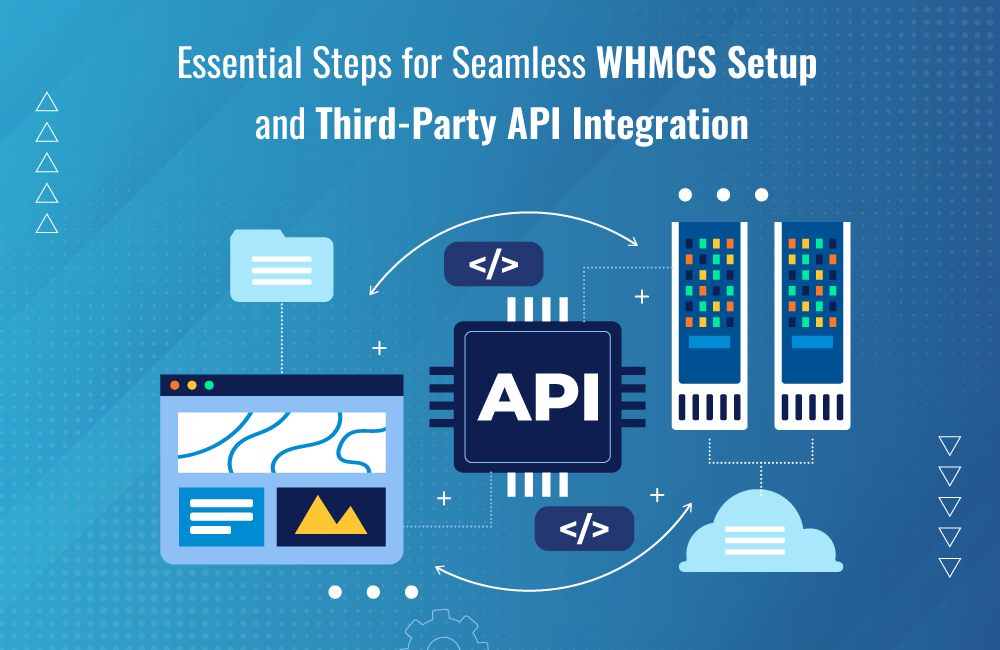
Are you looking to set up WHMCS and integrate it with third-party APIs without any hiccups? The process can be overwhelming, but with the right steps, you can ensure a seamless setup and integration for your business needs.
Setting up WHMCS and integrating it with third-party APIs requires careful planning and execution. It’s crucial to follow essential steps to avoid any disruptions or compatibility issues. In this article, we will outline the key steps to achieve a seamless WHMCS Setup and successful integration with third-party APIs. By following these best practices, you’ll be on your way to optimizing your web hosting services and improving customer satisfaction.
What is WHMCS Setup?
WHMCS setup refers to the process of configuring and implementing the Web Host Manager Complete Solution (WHMCS) software, a comprehensive platform designed for managing billing, support, and automation in web hosting services. During the setup, users customize the system, input company information, integrate payment gateways, and configure settings to meet specific business needs. A well-executed WHMCS setup ensures a seamless and efficient environment for hosting management, facilitating smooth operations and improved customer service.
What are the key steps for achieving a seamless WHMCS setup and integrating with third-party APIs?
Setting up WHMCS and seamlessly integrating it with third-party APIs is crucial for businesses looking to streamline their operations and enhance customer experience. Achieving a seamless WHMCS setup requires careful planning and execution to ensure smooth operations and efficient data exchange with third-party services.

Here are a few Key Steps for Achieving a Seamless WHMCS Setup and Third-Party API Integration:
Thorough Planning:
Before diving into the setup process, conduct a thorough analysis of your business requirements and the functionalities you expect from WHMCS. Identify the third-party APIs you need to integrate and understand their documentation.
Ensure System Requirements:
Verify that your server and hosting environment meet the system requirements for WHMCS. This includes checking PHP versions, database compatibility, and other server configurations necessary for optimal performance.
Install and Configure WHMCS:
Begin by installing WHMCS on your server and follow the setup wizard to configure basic settings. This includes defining your company information, setting up payment gateways, and configuring email settings.
Customize the Look and Feel:
Tailor the WHMCS interface to match your brand by customizing the theme, logo, and colors. This not only enhances the user experience but also creates a seamless integration with your existing website or client portal.
Integrate Payment Gateways:
Seamless payment processing is a critical aspect of WHMCS. Integrate the preferred payment gateways for your business, ensuring that transactions are secure and comply with industry standards.
Enable SSL for Security:
Enhance the security of your WHMCS setup by enabling SSL (Secure Sockets Layer) for encrypted data transmission. This is crucial for protecting sensitive customer information during transactions.
Configure Automation and Cron Jobs:
Set up automation within WHMCS for tasks such as invoice generation, ticket management, and provisioning of services. Configure cron jobs to ensure timely execution of scheduled tasks, maintaining the efficiency of your system.
API Integration:
Carefully follow the documentation provided by third-party APIs to integrate them seamlessly with WHMCS. Test the integration thoroughly to ensure data synchronization, real-time updates, and a smooth flow of information between WHMCS and the external services.
Conclusion
Mastering the essential steps for a seamless WHMCS setup and third-party API integration is pivotal for businesses seeking efficiency in their hosting services. By meticulously planning, configuring, and customizing WHMCS Services, you lay the foundation for a robust platform. Integrating third-party APIs seamlessly enhances its capabilities, allowing for streamlined operations and optimal customer experiences. Remember, the key lies in meticulous planning, thorough testing, and ongoing monitoring to ensure that your WHMCS services remain synchronized with external APIs, providing a reliable and user-friendly hosting management solution for your business.


Comments
Ahan shirin
Very helpful article. Thanks For sharing.